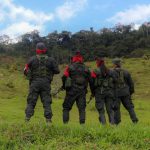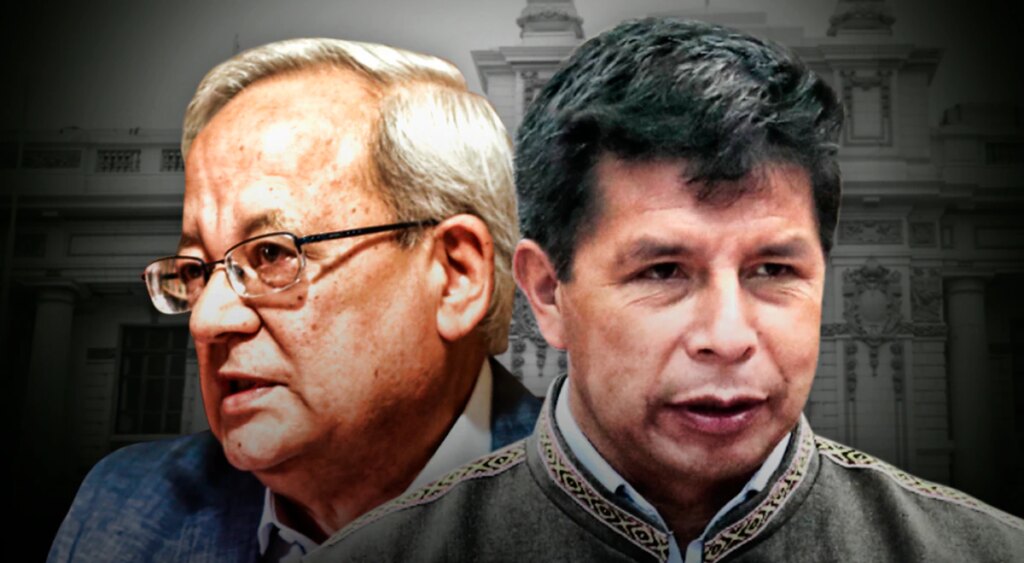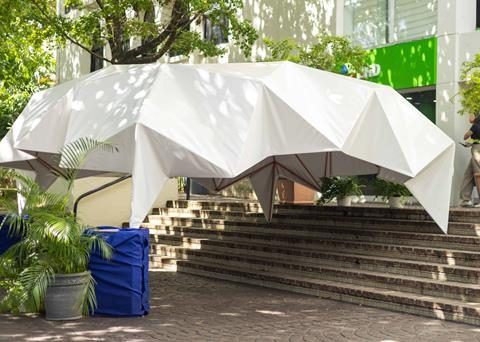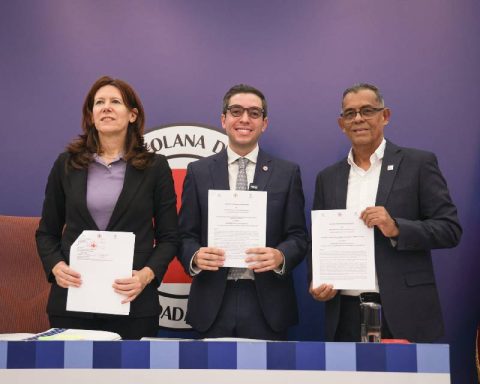Since early Monday morning, rainfall and winds forced 789 people to be mobilized to “safe areas,” 519 of them to state shelters, said Major General Juan Méndez García, director of the Emergency Operations Center (COE), when give a bulletin to the press. There are power outages in various sectors.
The hurricane climbed to category 2 of the five on the Saffir-Simpson scale, according to the latest report from the United States National Hurricane Center (NHC for its acronym in English).
The agency estimates that Fiona will continue to strengthen and the rains will continue with possible new “catastrophic” floods during Tuesday night both in Puerto Rico and in the eastern Dominican Republic.
On Tuesday’s track, the center of Fiona is forecast to pass close to the British Turks and Caicos Islands.
The COE specified that 18 of the 32 provinces of the Dominican Republic, in the north and in the east, have been declared on red alert.
President Luis Abinader announced that three eastern provinces are now considered “disaster zones”: La Altagracia -to which the tourist resort Punta Cana belongs-, El Seibo and Hato Mayor.
A man died in Nagua (north), confirmed the authorities, when a tree that he cut in his house for prevention fell on him.
Inhabitants of poor neighborhoods in that region, one of the areas on alert for the hurricane, were walking between their wooden houses on Monday with water up to their ankles, AFP journalists confirmed.
Flooded streets, blocked roads and power poles, meanwhile, also left Fiona in Bávaro, Verón and Friusa, in Punta Cana.
“It happened very quickly,” Vicente López, in charge of taking care of the Bibijagua beach in Punta Cana, told AFP, lamenting the destroyed businesses.
The local press reports floods in other coastal towns such as Higüey.
The eye of the hurricane made landfall on the Dominican coast at 03:30 (07:30 GMT), with estimated winds of up to 150 km / h, the NHC said on Twitter.
The Dominican Republic, with 10.5 million inhabitants, suspended the working day on Monday due to the rains, which will continue at least until Thursday according to projections by the National Meteorological Office (Onamet).
Fiona caused serious damage on Sunday in Puerto Rico, with torrential rains that left the island without electricity and that led President Joe Biden to declare a state of emergency for this US territory, a measure that allows federal funds to be released for relief work.
Fiona also caused serious damage as she passed through Guadeloupe on Friday night, where a man was swept away with his house by a rising river.
– “Hard time” in Puerto Rico –
The governor of Puerto Rico, Pedro Pierluisi, warned this Monday at a press conference that the rain will continue to hit the island for at least two more days and asked the population to stay in their homes or in shelters. “We are going through a tough time, but our people are strong,” the official said.
After Fiona caused a general blackout in Puerto Rico, with 3.1 million inhabitants, on Sunday, the electricity grid has barely been able to be restored for some 100,000 users, the company in charge of electricity distribution reported on Twitter.
More than 800,000 people, according to the authorities, were also left without drinking water service.
“We are without electricity and without water,” Elena Santiago, an anesthesiologist at the Mennonite hospital in Aibonito (center), told AFP. “The hospital is operating with a generator. Only emergencies are being attended to.”
The Puerto Rican government suspended classes and the work day, except in the cases of workers in critical positions or emergency services.
With the passage of Hurricane Maria, which caused almost 3,000 deaths in Puerto Rico in 2017, the island was cut off from communication and large areas were without electricity for months.
The warming of the ocean surface, according to experts, increases the frequency of the most virulent hurricanes, with stronger winds and more intense rains.
















